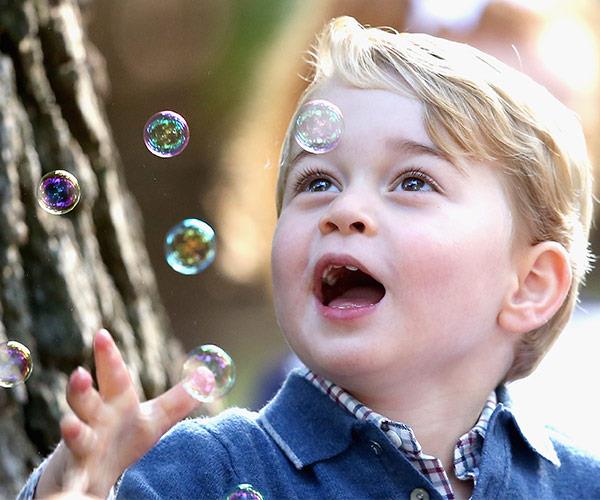The birth of a baby in the royal family has long been a cause for celebration, the child welcomed with great excitement by a waiting world. For many of us, the tiny infant signifies hope for the future, not just for the royal family but also for the nation; a symbol of continuity and a regal bulwark against changing social mores. Every detail of their development is pored over. The first tooth, the first step, the first word. The colour of the royal offspring’s hair and eyes is discussed, clothes studied and copied. Even the names of the nannies make the news.
“If you are going to have a monarchy, you have got to have a family – and the family has got to be in the public eye,” is how Prince Philip rightly sees it.

Princess Diana with baby Prince William in 1983
No one was more in the public eye than the infant Prince George, who came into the world at 4.24pm on 22 July 2013. Forty minutes before the Cancer sign turned to Leo, according to astrologers (every detail counts!). The following evening, the prince was carried out of St Mary’s Hospital, Paddington, in his mother’s arms to confront the biggest media circus in royal history.
More recently, the world awaited the birth of Prince Louis. Since suffering from an extreme form of morning sickness known as Hyperemesis Gravidarum, her antenatal health was closely monitored at home at Kensington Palace. For all three pregnancies, there has been a mobile operating theatre at the Palace, however Kate gave birth at St Mary’s again, since she knows the hospital and staff so well by now.

Princess Charlotte attempts a cute royal wave
Historically, it was unthinkable that a monarch – or indeed anyone of royal or aristocratic blood – should give birth in a public hospital, and nearly all births took place at home. All the Queen’s labours, for instance, were conducted from the Buhl Room at Buckingham Palace, except for Princess Anne, who was born at Clarence House. The Buhl Room, a magnificent space with sweeping views of The Mall, where visiting heads of state are entertained, was converted into an operating theatre with the most up-to-date equipment and a huge team of experts on call.

The Queen steps out with a young Princess Anne and Prince Andrew in 1960

Princess Elizabeth with Prince Charles at his christening in 1948
When Prince Edward was born in 1964, Prince Philip was by his wife’s side – an unusual occurrence for a husband of the time (years earlier he was playing squash when the Queen was in labour with Charles). Seeing the anxiety on the faces of the medical team, he tried to ease the tension. “It is a solemn thought that only a week ago General de Gaulle was having a bath in this very room,” he joked.
Although the Queen had a caesarean with Charles, it was never announced as such. And in the ensuing years nothing much has changed, with Kate’s medical team equally reticent to give any details of the births of Prince George and Princess Charlotte. It is thought, though, that Kate had natural births. A huge medical team was on standby round the clock, headed by Sir Marcus Setchell, the Queen’s former surgeon-gynaecologist.
Still, after the birth of Princess Charlotte in May 2015, one of her medical team let slip some interesting facts during a Buckingham Palace garden party. Professor Tiong Teoh, a consultant obstetrician and gynaecologist at St Mary’s Hospital, revealed that both of the Duchess’ deliveries in 2013 and 2015 had been very straightforward and no backup of the 23-strong medical team was needed. “The Duchess was very appreciative and she admitted there were a lot more people behind the scenes than you would realise,” Teoh said. “We had a huge team [including four paediatricians, three anaesthetists and three midwives], for anything that could possibly go wrong, and a whole team of people behind each speciality.

Kate, William, George and dogs Lupo and Tilly in 2013
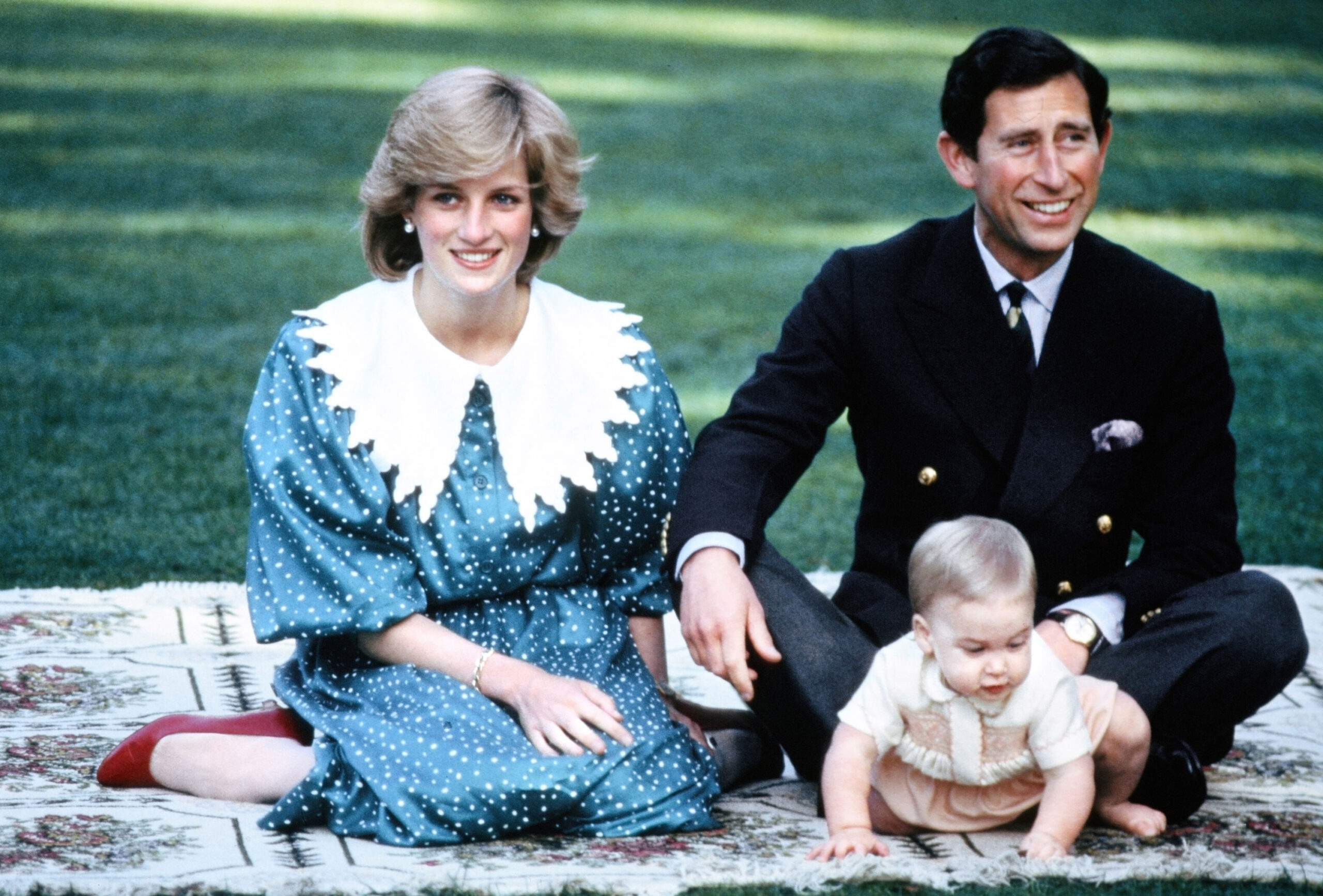
Diana, Charles, and William in New Zealand in 1983

The Queen, Prince Philip, their three eldest children, and a royal corgi, in 1960
It is also thought that Kate breastfed both her children. Because the infant Prince George was an exceptionally hungry little chap, Kate found it difficult to produce enough milk and called on the assistance of Prince William’s former nanny, the redoubtable Jessie Webb. She immediately added bottle feeds to the mix. Many mothers feel inadequate if they can’t produce enough milk and Kate was no different. She was exhausted as well as frightened by the constant and frenetic media interest surrounding the birth – in the case of Prince George, literally hundreds of TV crews and reporters were lined up outside the Lindo Wing of St Mary’s for almost a month.
Still, Kate’s reaction was nothing new – and entirely understandable. Back in 1982, all the attention had frightened Diana too. As soon the chauffeur-driven car carrying her and her newborn son had rounded the corner away from the crowds outside St Mary’s hospital, she burst into tears.

Kate leaves hospital after Charlotte’s birth; Diana, Princess of Wales, with newborn Harry in 1984
Trendsetters from birth
Royal babies are trendsetters from the off. When Princess Charlotte was carried out of the Lindo Wing, the receiving blanket in which she was wrapped sold out within minutes. The brand, G.H. Hurt, monitored 100,000 people from 183 countries visiting their site in less than 24 hours.
Kate favours traditional outfits for George and Charlotte: Fair Isle cardigans, smocked tops and frocks, long socks and woollen tights. And she prefers British labels, such as Rachel Riley, as a way to boost business. In 2016, when Prince George greeted President Obama at Kensington Palace wearing a dressing gown from British brand My 1st Years, it sold out within minutes. The two children also wear a smattering of Spanish labels, such as Irulea, thanks to the influence of their Spanish nanny, Maria Teresa Borrallo. These, too, are instant sell-outs.
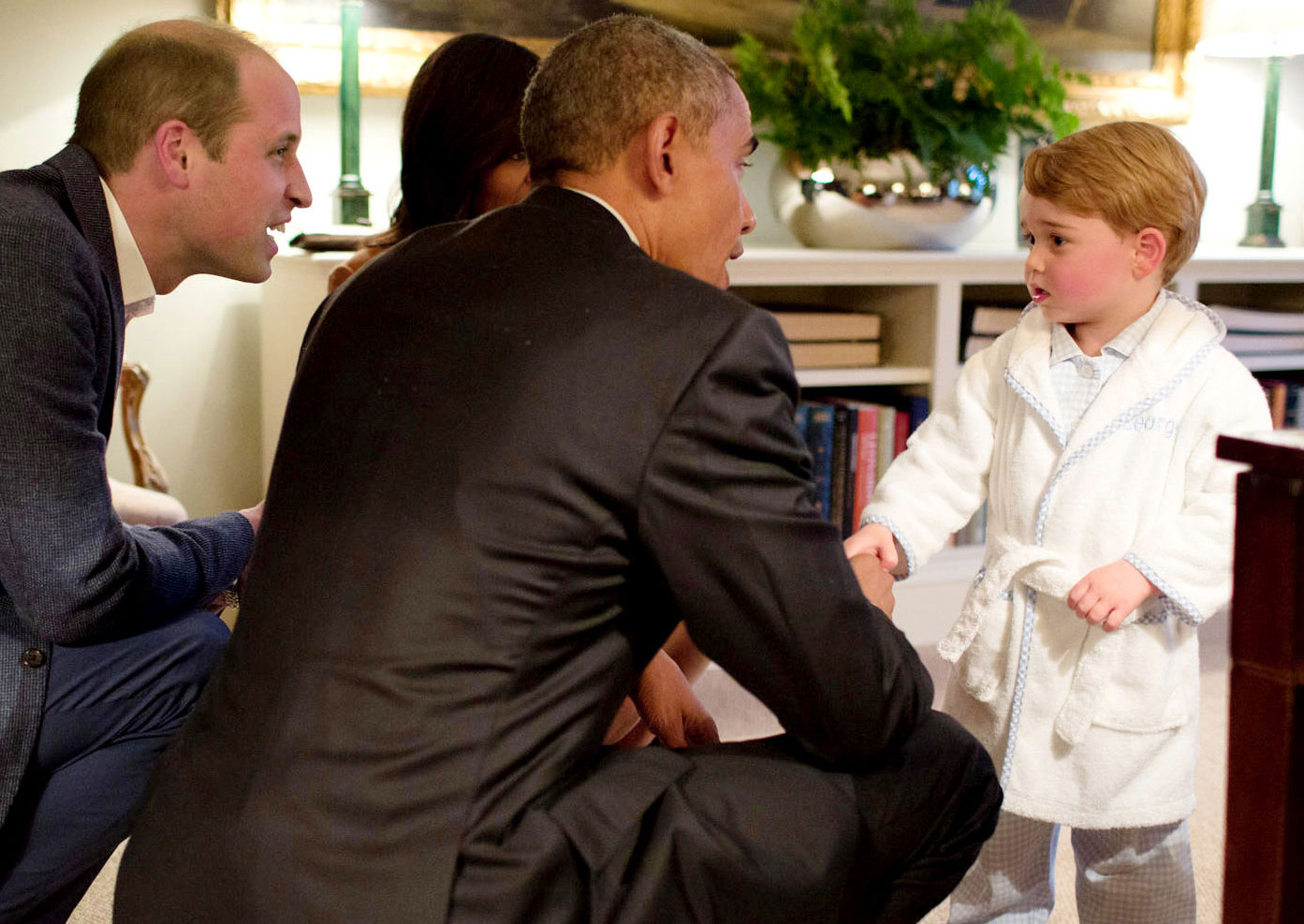
Young George meets President Obama
Royal children shaping the way mothers choose to dress their children is not a new phenomenon. When the Queen – then a young a Princess Elizabeth – appeared in the early 1930s on the cover of Time magazine wearing a frilly yellow frock, it was copied in stores across America. And when the Duke of Windsor wore a straw boater as a child back in the 1890s, his appearance single-handedly revived the Nottingham straw industry.
Kate is also very aware of royal tradition. She cleverly chose to pull out of storage one of Prince William’s old silk romper suits for George’s first balcony appearance, and often dresses George in clothes similar to those his father wore – for instance, the red shorts and white shirt she dressed him in for Charlotte’s christening. At the christening, Kate also used the old silver-wheeled Millson royal pram, as well as the Honiton christening robe, which was first introduced in Victorian times (albeit since replaced with an excellent copy).
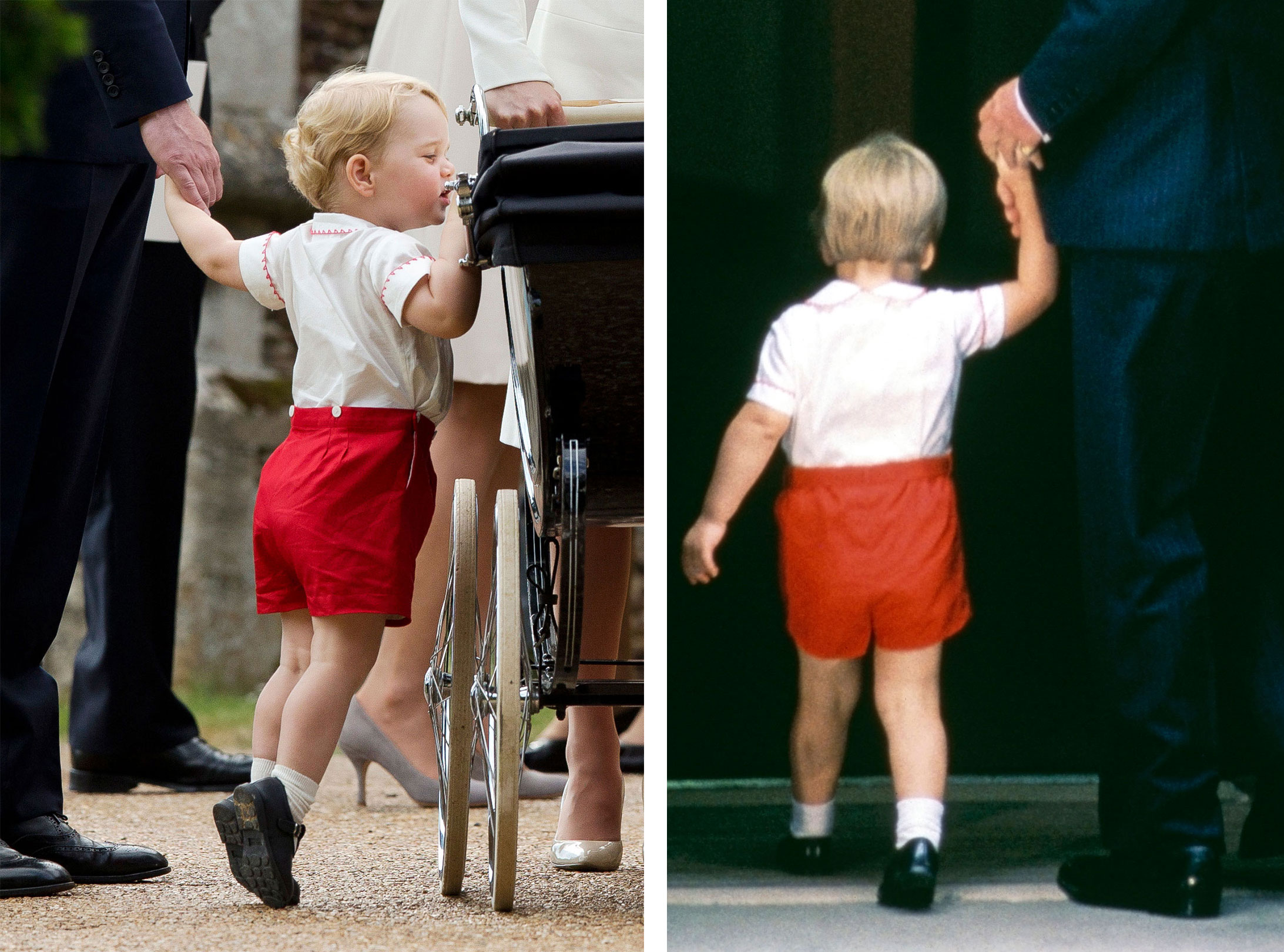
Two decades on, George wears a similar outfit to William
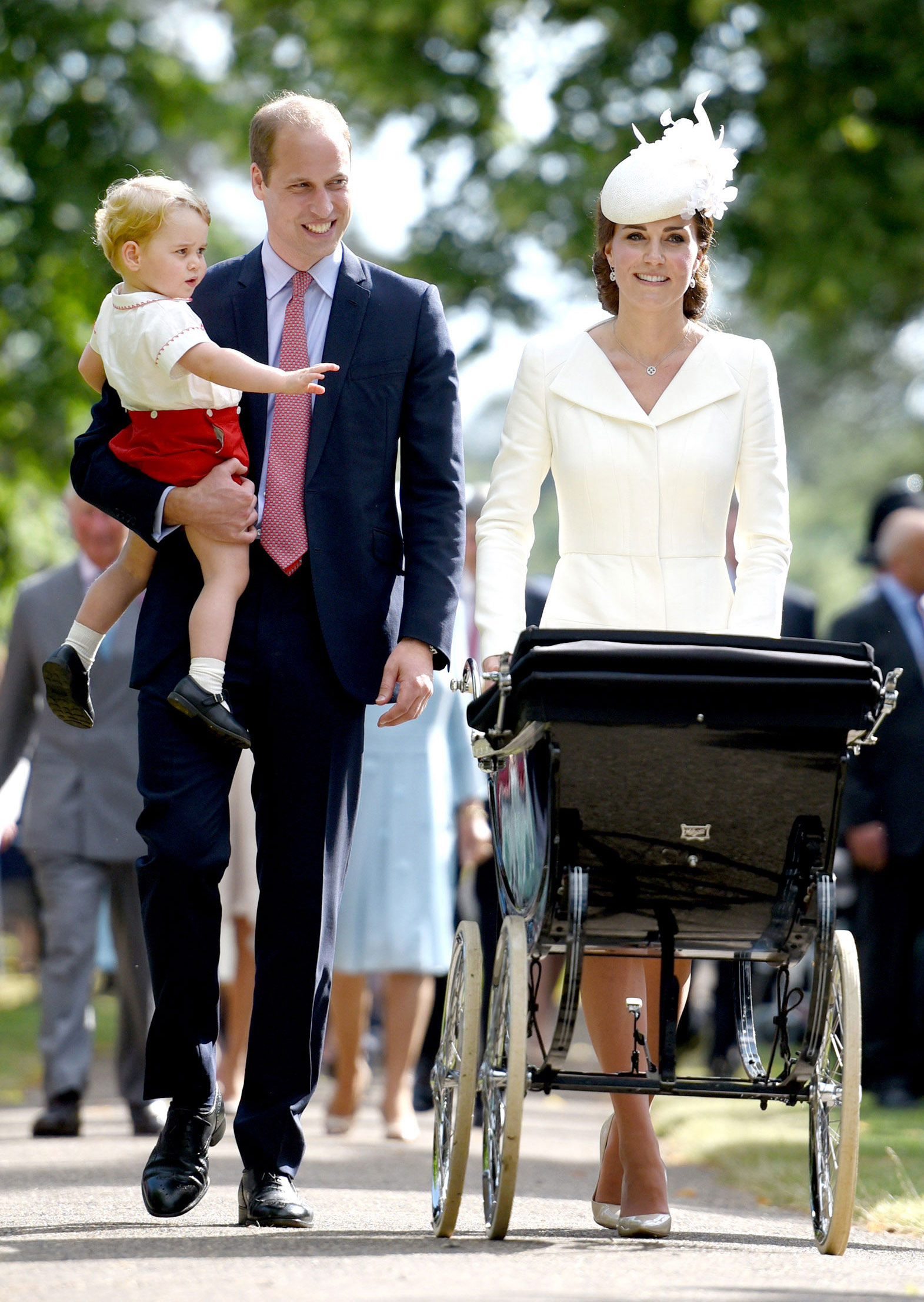
Kate uses the traditional royal pram at Charlotte’s christening
Indeed, the cult of the royal family, with its cast of children, aunts and uncles and distant cousins, is a Victorian invention. It was a sturdy, self-confident era and Britain was the richest nation in the world, with an ever-expanding empire that embraced a quarter of the globe. Such power cried out for its own mythology, and to help provide it, the concept of the royal family symbolising all the inherent strengths of a nation at the zenith of its might was conceived.
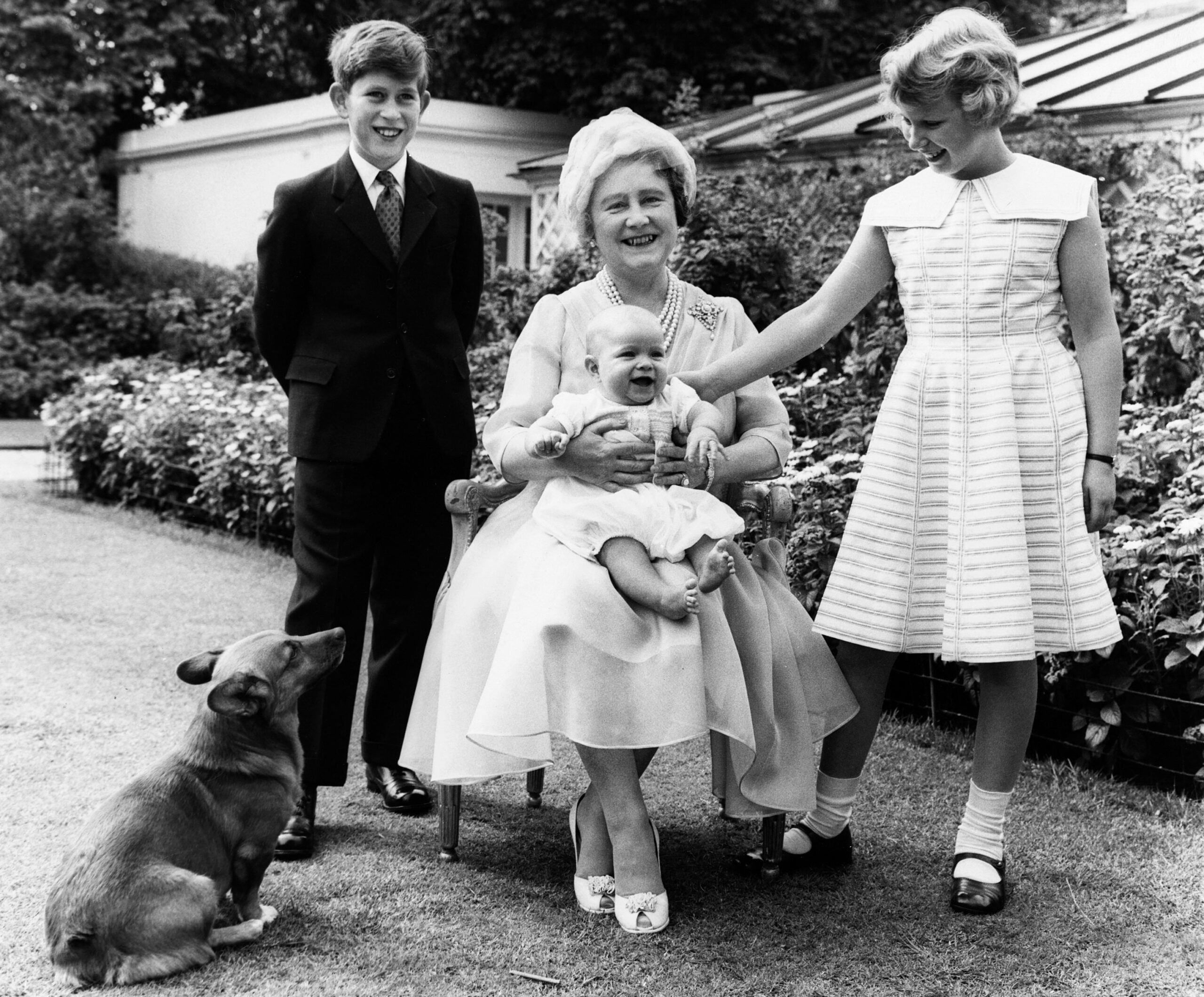
The Queen Mother, Prince Charles, Princess Anne, and baby Andrew in 1960
Royal births and babies have come a long way since the presence of the Home Secretary was deemed necessary at the birth to ensure the infant was not a changeling, but many things remain unchanged. A royal birth is still a comfort in a fast-changing world.
.jpg)
